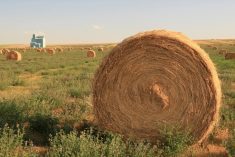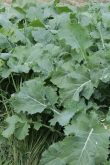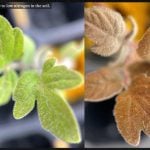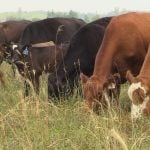When it comes to cost of production and efficiency, Bill Thomas considers yield and quality to be the two pillars of forage production.
In order to keep these pillars standing strong, careful planning is the key to creating an effective forage production program. Thomas, retired director of Perennia’s field services division, delivered his recommendations at the Canadian Forage and Grassland Association’s 2018 conference, held in Calgary last November.

“It’s hard to be competitive — have a competitive cost of production — if you don’t have a competitive yield,” said Thomas, who is a certified crop advisor, nutrient management planner and adjunct professor at Dalhousie University’s department of agriculture.
With his experience running the Atlantic Canada forage cultivar evaluation trials for several years, Thomas has found there are numerous elements to consider when planning a forage production program that improves yield and quality.
“One of the things we talk about is estimating feed requirements for the farm, and that’s got to be based on accurate acreages and realistic yields,” he said. He advised setting goals for improving yield and quality. “If you don’t have goals, you’re not going anywhere.”
Read Also
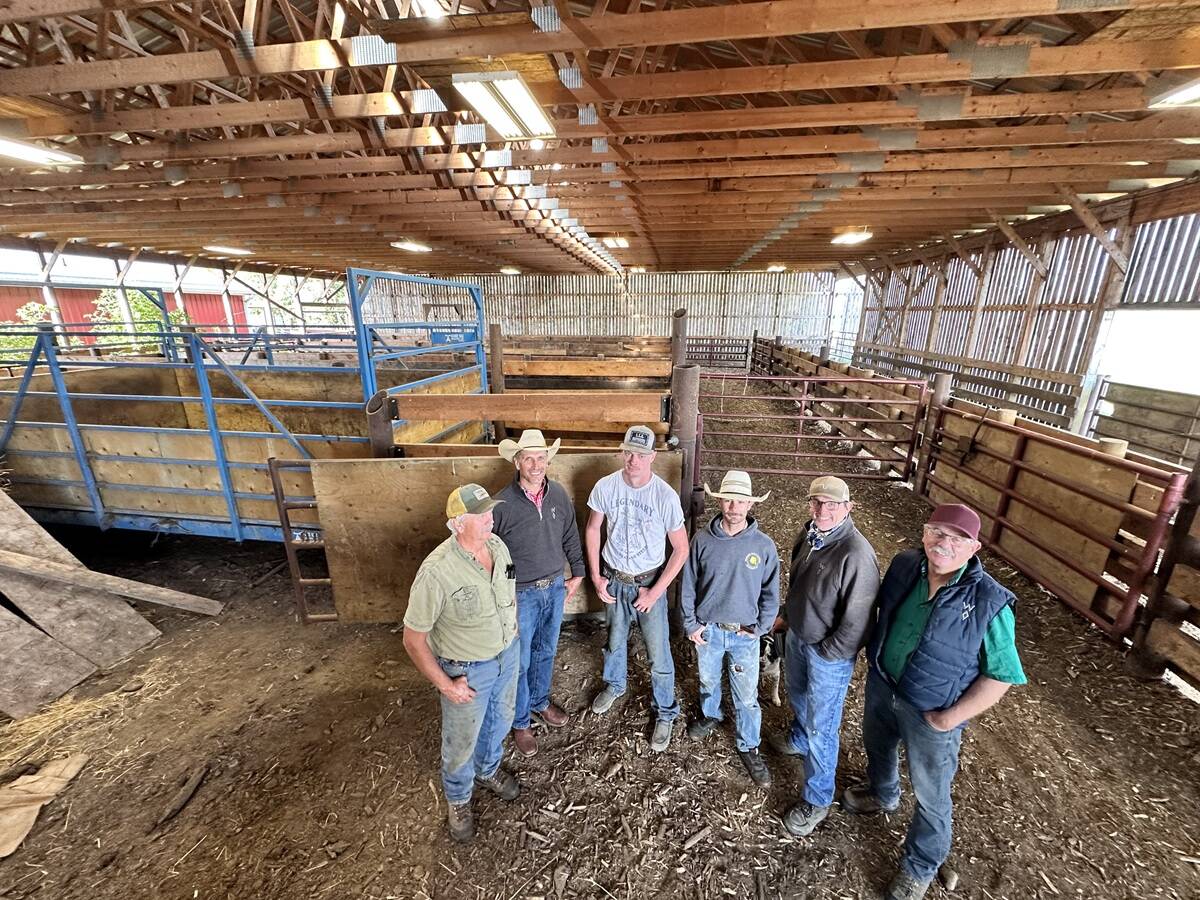
Farm families work together to graze cropland with cattle in the fall
These Alberta farm families have separate operations, but work together to manage their land
Choose carefully when selecting crops, varieties and a rotation plan. “I think that’s got to be based both on markets and use, and I think you have to be able to select those crops and varieties and match them to the specific fields on the farm, and considering both soils and climate,” he said.
Other areas of attention include adopting management practices and technologies to help meet your production goals, developing a nutrient management plan that takes both the crop’s needs and the environment into consideration and using market and production data.
Beyond these elements, knowing the soil is vital. Using soil maps and taking regular samples, generally every two to three years, helps determine which crops will thrive in specific areas. Working with producers in Nova Scotia, where some farms may have up to four different soil types, means that Thomas has to use more detailed soil maps to help the producer make the best forage production decisions.
“Trying to produce crops that are not suited to your soils leads to low yields, high production costs and a higher land requirement to meet production goals,” he said.
Knowing specific forage varieties and their growth factors are just as important. Learn whether a variety is more suitable for cutting or grazing, how many cuts you can get out of it, its regrowth rate and how it responds to flooding and drought. Other factors to consider include winter hardiness, compatibility with other species in a mixture, protein content and digestibility.
When it comes to deciding on forage mixtures, Thomas noted that the data regarding how many species to use within a mixture is variable. “Sometimes seven species work best, sometimes simple mixtures,” he said. “It’s best to plant more single mixtures on highly productive, highly fertile fields, and more complex mixtures on fields that are less productive.”
Getting the most out of forage rotations
Thomas advised producers to be aware of the adaptability of varieties and how this affects production in different regions across the country.
“It’s important that we grow well-adapted varieties. I believe they should be regionally evaluated,” he said. “I believe you need three-year yields in persistence data and you need quality analysis.”
Recently, changes to the growing season in the Maritimes have driven home the importance of adaptability on a regional scale. “We’re seeing a lot of climate change on the East Coast of Canada. Since my career in Nova Scotia, I’ve seen… our growing season increase by three or four weeks,” he explained.
Winters in Nova Scotia seem to be more variable than in the past. “It goes literally from plus eight to minus 28 the next day, and then it snows a little bit and then it’s plus eight again. What happens is you get a lot of ice sheet, and this can be really difficult.”
Given these conditions, timothy remains a “go-to species” in the Maritimes. “Its cold hardiness is minus 14, better than any of these other grass species, but its ice tolerance is 37 days, which is tremendous. But it’s only good for one or two cuts,” he said.
“We have a lot of people that are looking for three or four cuts, so they’ve gone to putting either meadow fescue or tall fescue in with their alfalfas, and what’s happening is you don’t have the cold tolerance and you don’t have the ice tolerance. We need the tall fescue or meadow fescue in order to get those cuts, but it doesn’t have the winter hardiness, so you have to be careful.”
To illustrate the importance of choosing varieties with region in mind, Thomas gave an example comparing the cost of production of two alfalfa varieties on test over three years. He used a standard variety of alfalfa and a newer variety, which had tested well and was being grown frequently in the area, but didn’t quite meet the traits of the standard variety.
The cost to grow the standard variety was $96 per tonne, based on yield, while the new variety cost $114. This $18 difference quickly adds up when one looks at the cost of feeding 100 cows.
“Great cultivar, might have been the head of the pack in Ontario, but it wasn’t doing well in Nova Scotia,” he said.
Choosing the right varieties for your land and operation can result in numerous benefits beyond increasing forage yields and quality. Of these, Thomas considers the addition of organic material to the soil, improving soil fertility by growing legumes and increasing yields in the following crops to be among the most important benefits.
“Organic matter is the life of soils. A three-year perennial forage crop has been shown to return more than twice the soil organic matter than an annual crop,” he said. “Incorporating forages, especially legumes, into rotations means higher corn yields in the east and higher cereal grain yields in the west.”
He referenced a study that found that 71 per cent of Manitoba forage producers surveyed found increased yields in cereal crops grown after forage crops. Another study encompassing producers in the prairie provinces and North Dakota found that “wheat yields were 50 per cent higher from land previously cropped to alfalfa for three years than land that was previously cropped to non-legume crops,” he said. As well, longer crop rotation trials in Manitoba showed that a three-year alfalfa crop in a six-year rotation decreased wild oat densities in comparison to growing only annual crops.
Thomas recommends using forages as a two- to three-year rotation.
“After two years of alfalfa the yield starts to decline to a point where it drops below the cost of production,” he said. “You get the benefits of the alfalfa in your rotation after just two years of alfalfa.”
There are also opportunities to increase production by properly managing the conditions that already exist.
“About 10 years ago, I would say only about 20 per cent of our soils in Nova Scotia are good for alfalfa. They have the depth and the drainage that’s ideal for it,” Thomas explained. “That wasn’t good enough for the dairy industry. They needed more alfalfa in their rations, so they pushed out and they’ve actually expanded the acreage of the ground that they’re growing alfalfa on.”
To do so, farmers increased the pH of the soil to make it suitable for alfalfa.
“They’re using potassium, they’re using sulphur, they’re using more tolerant spreading-type alfalfas, creeping root alfalfas, and they’re using a good fall rest period and they’re using shorter rotations,” he said. “It took up the quality of forage and the cows are producing more milk. And it’s just a way of maximizing your outfit with the resources that (you have).”








